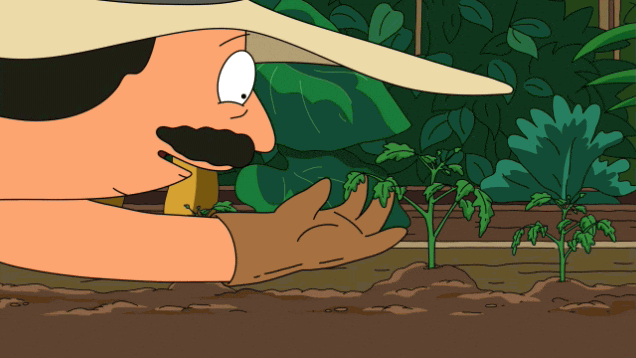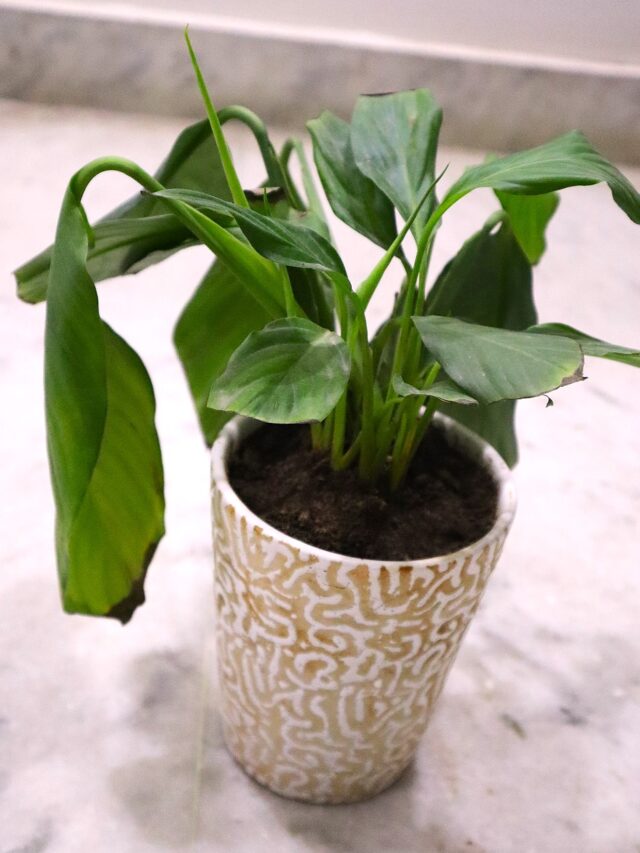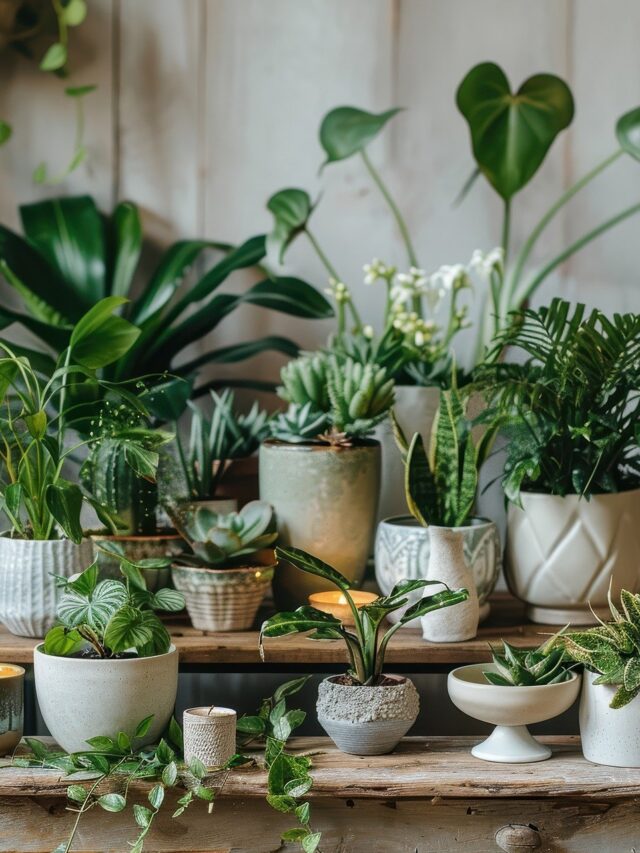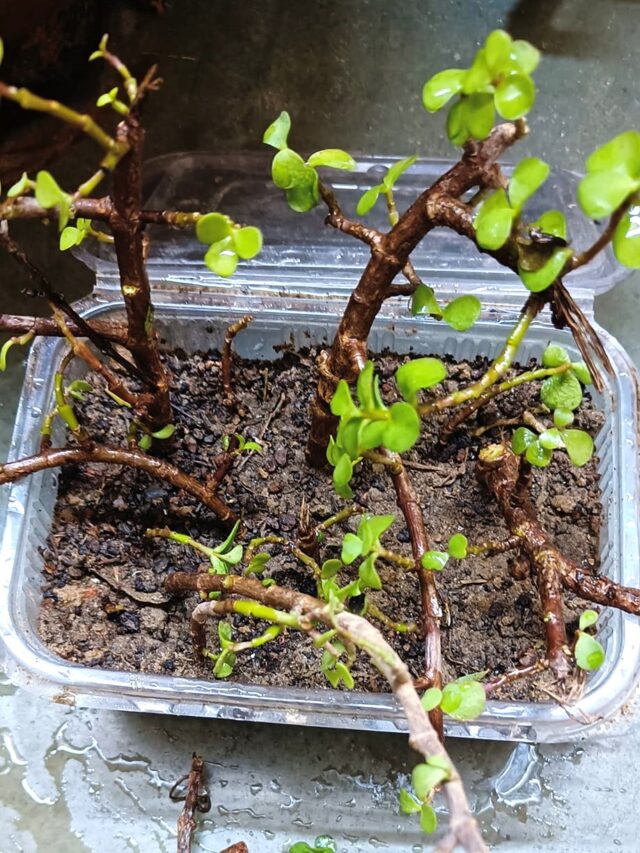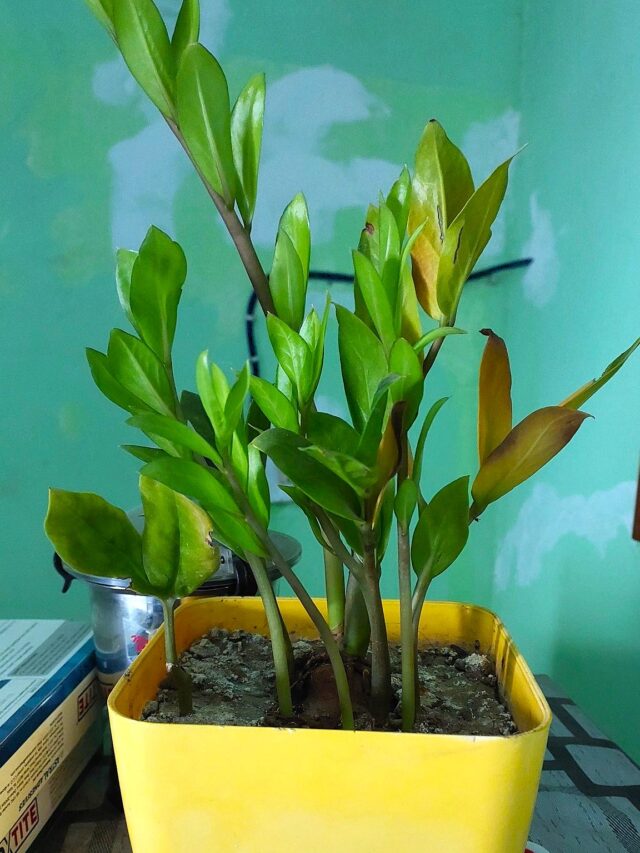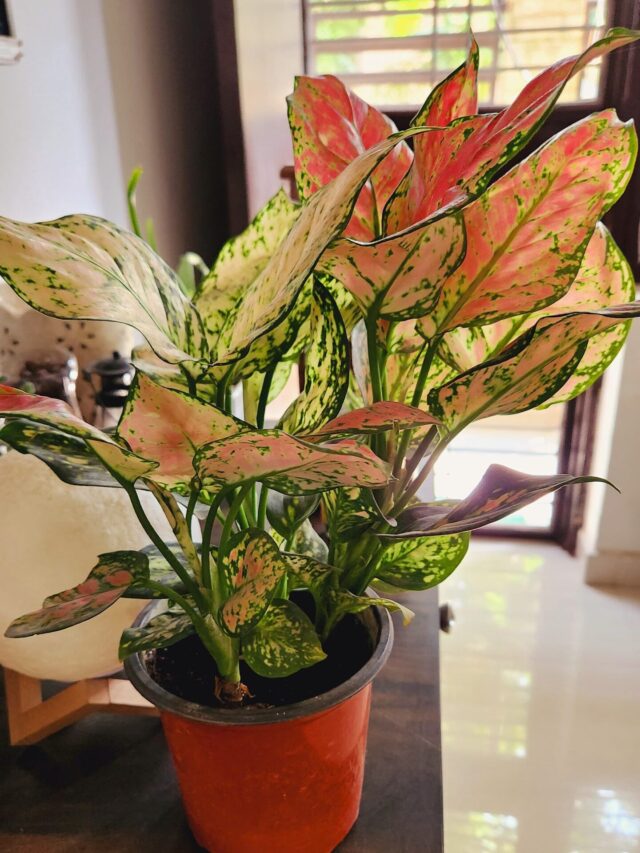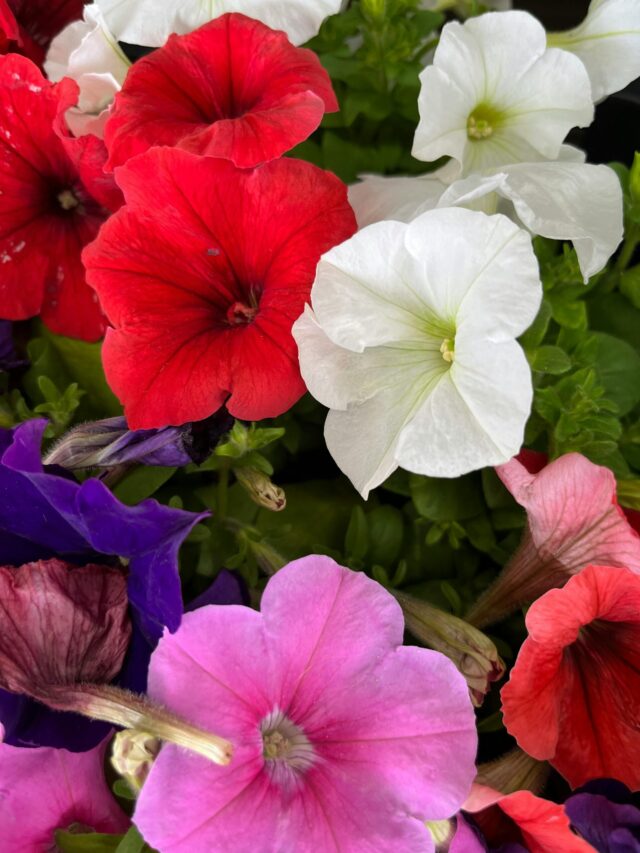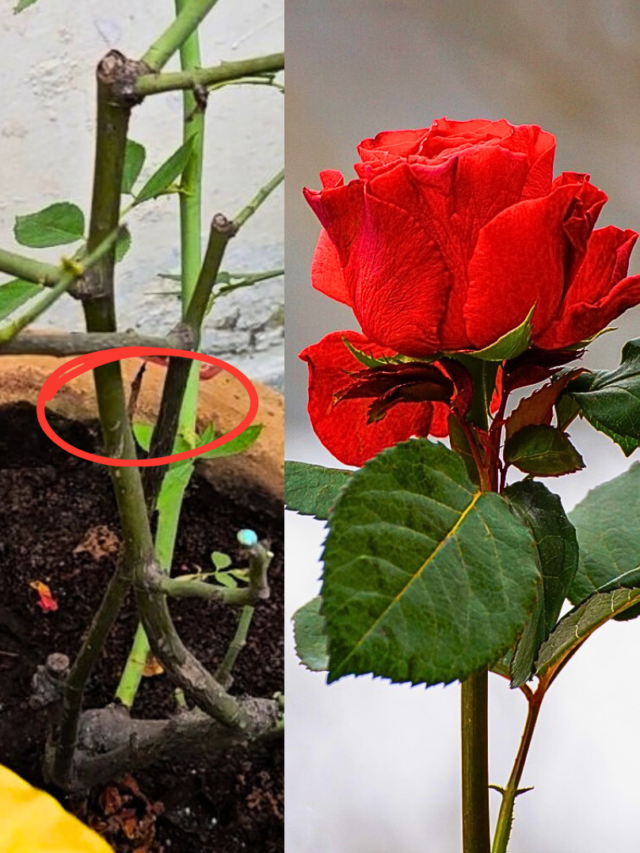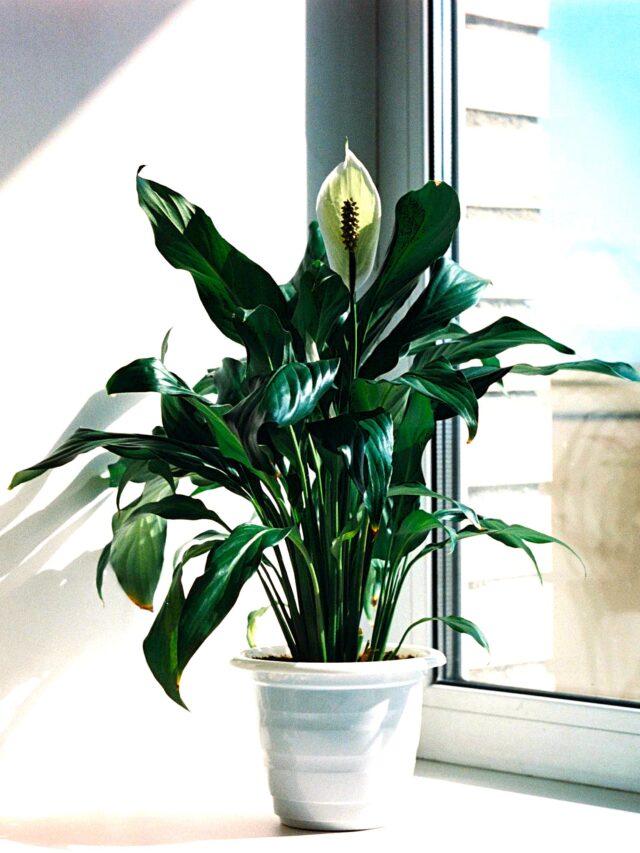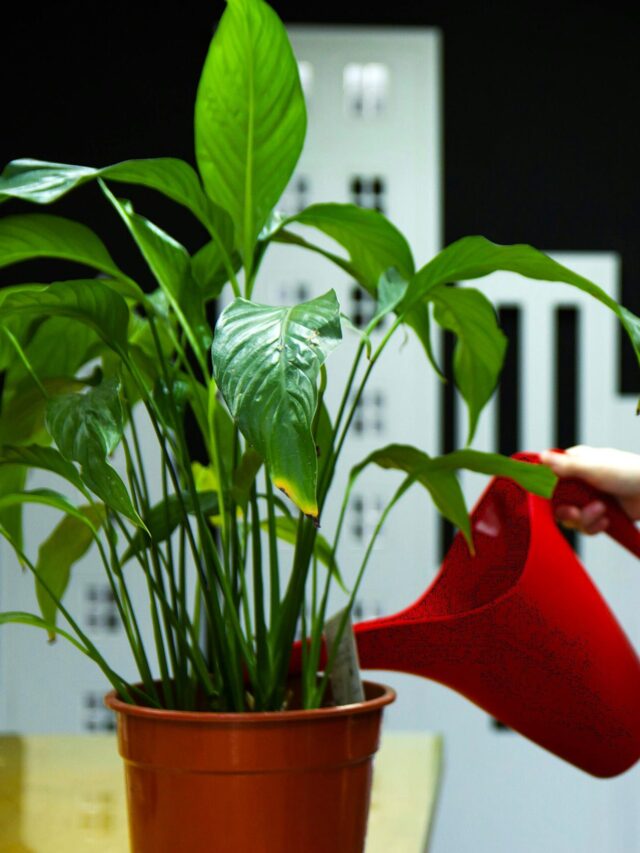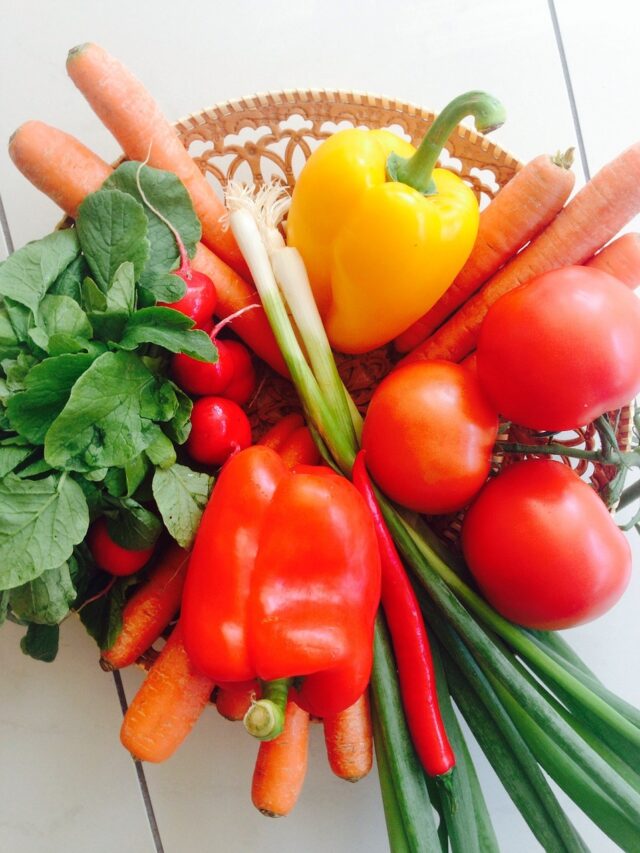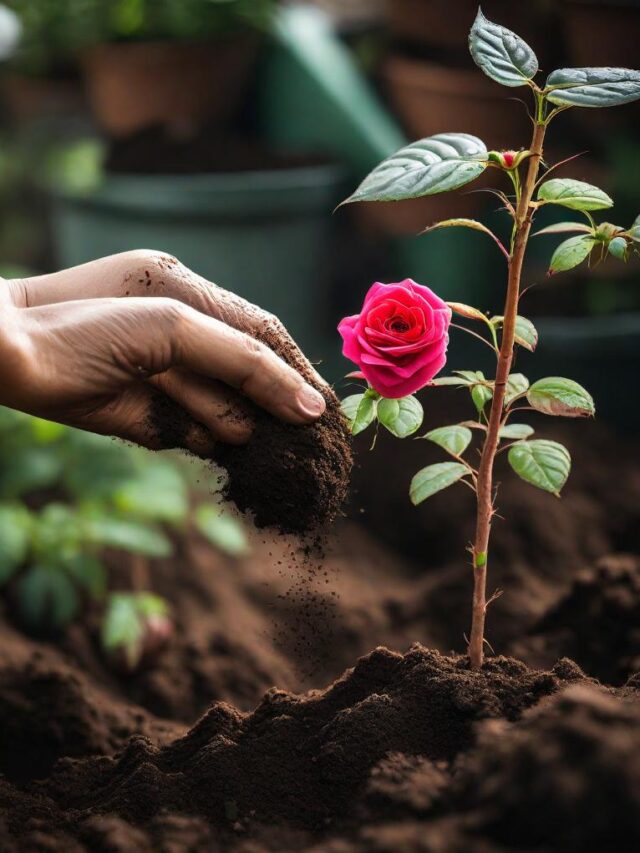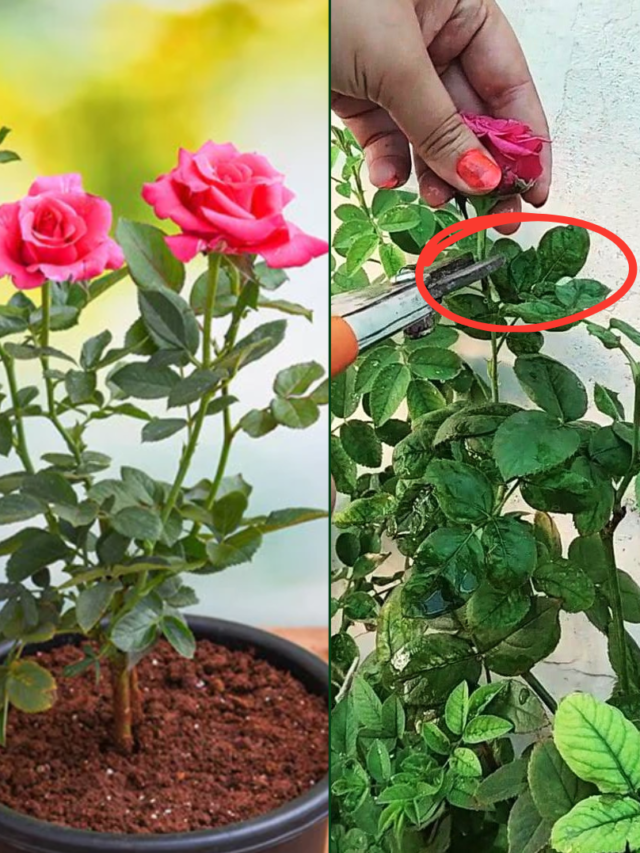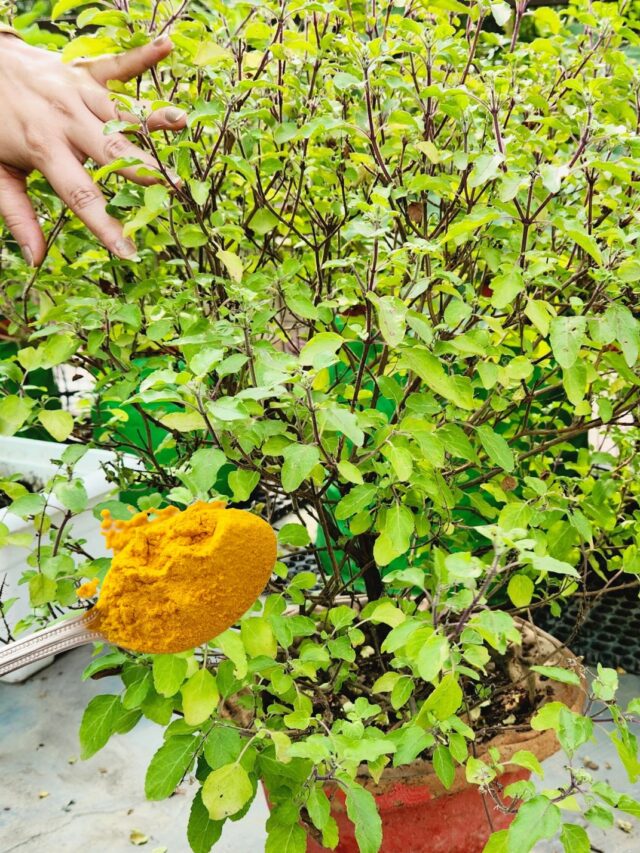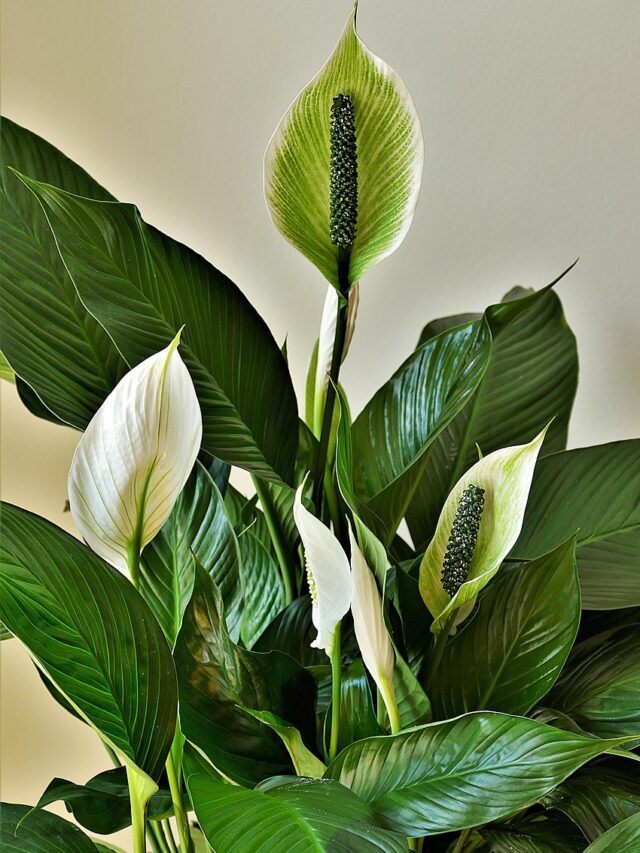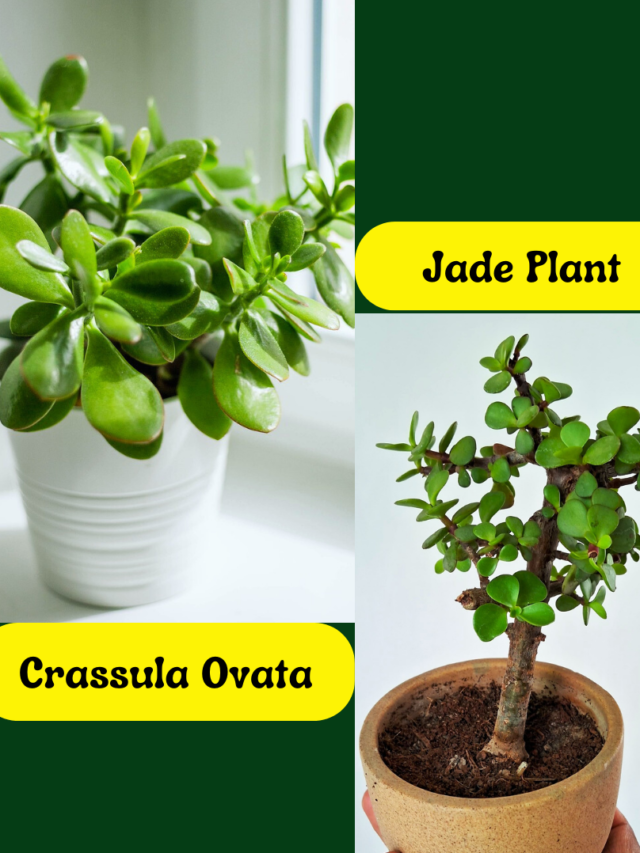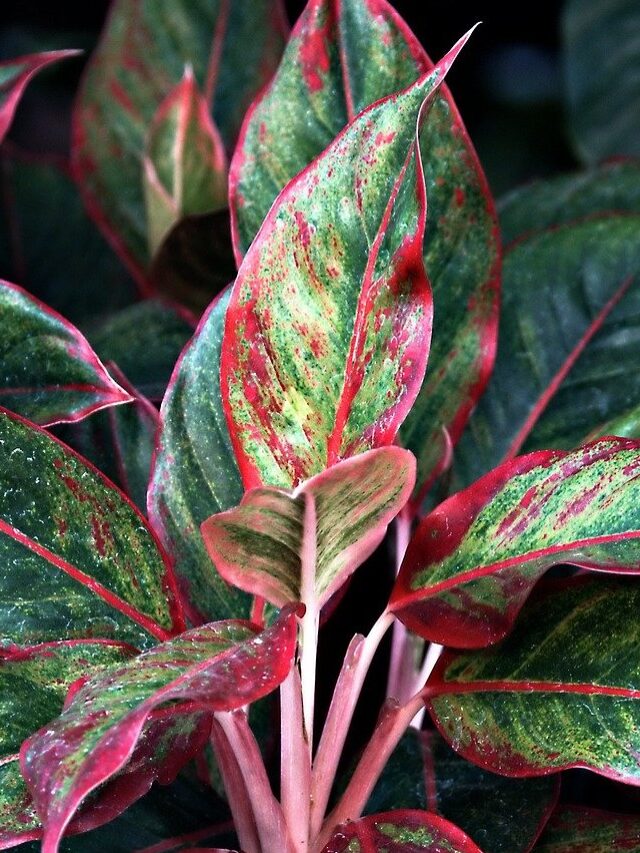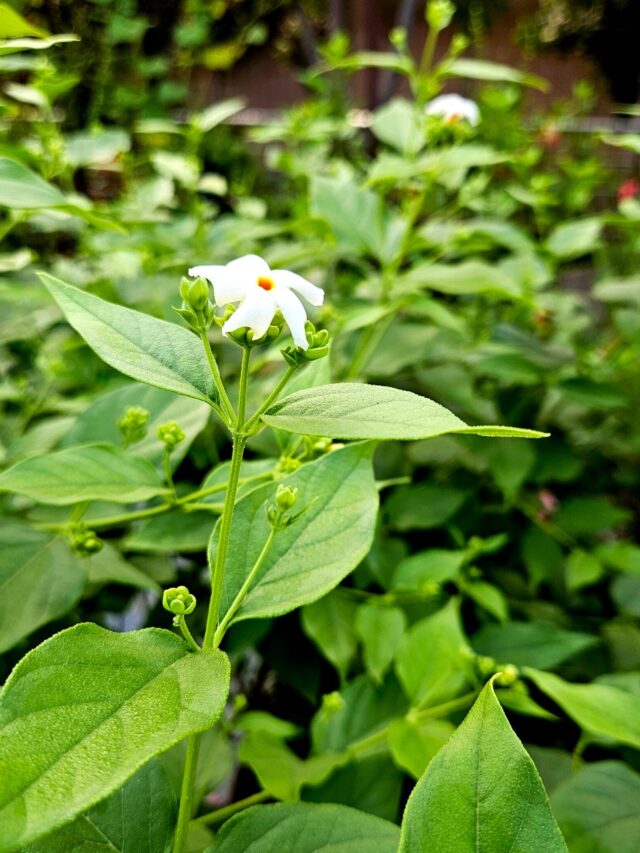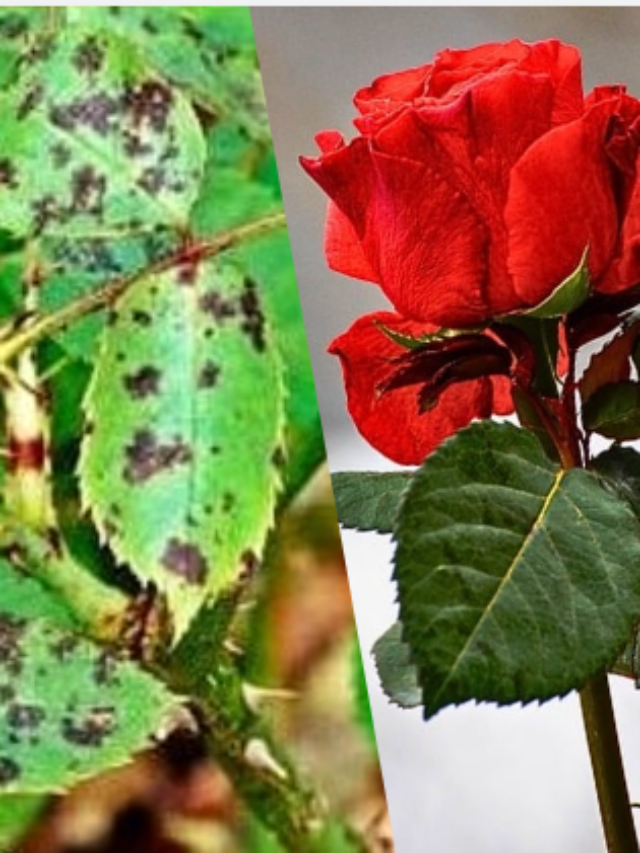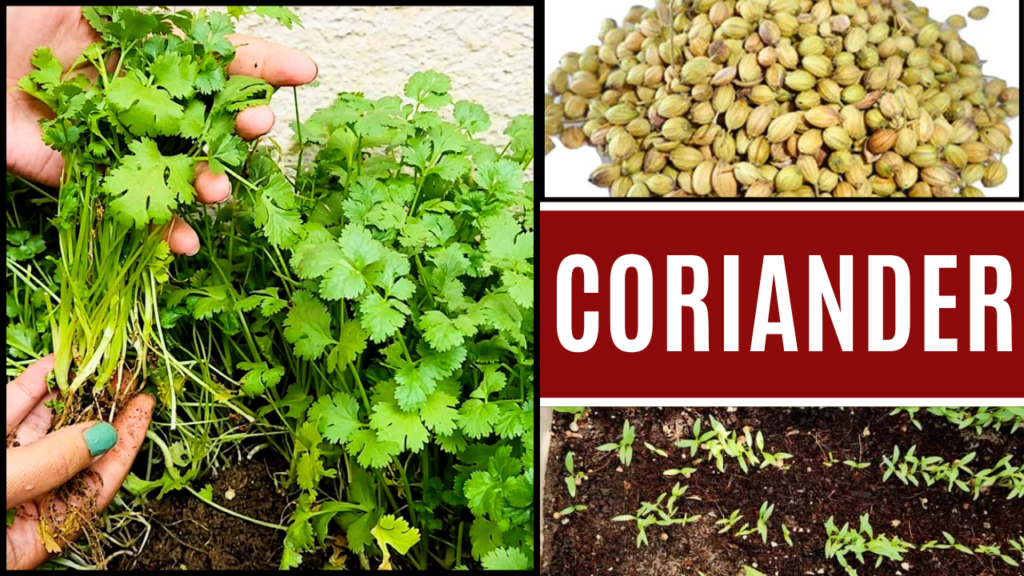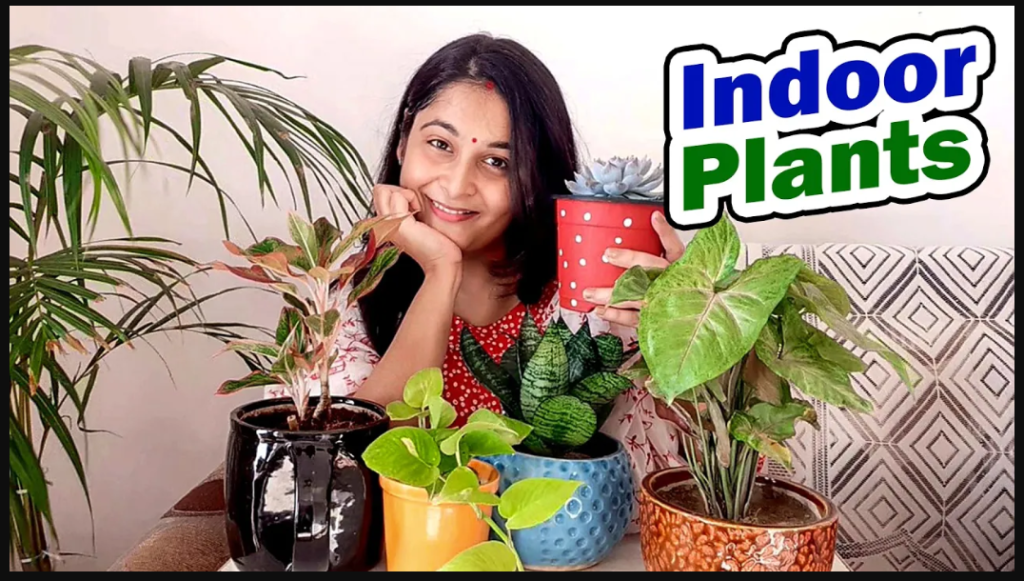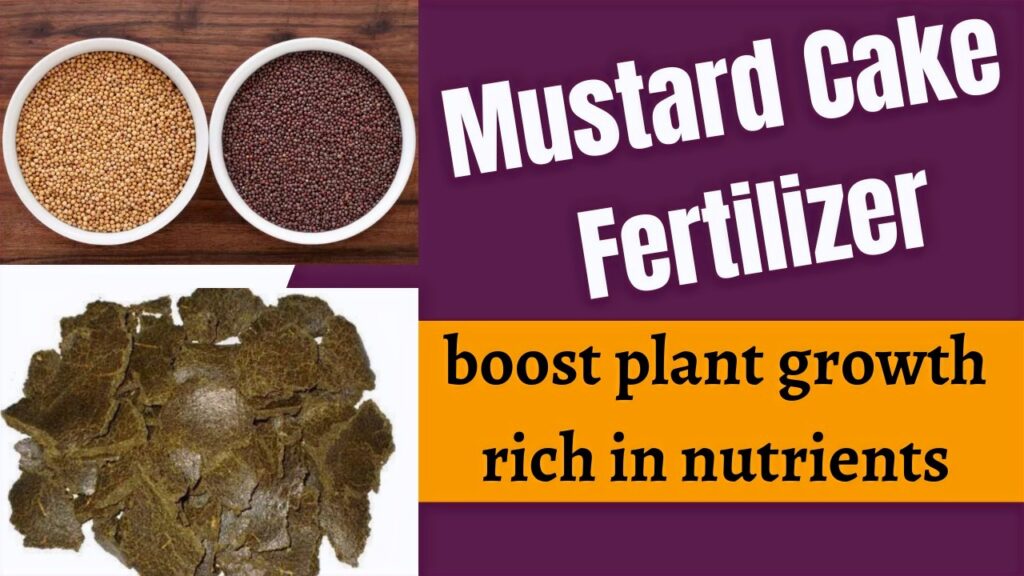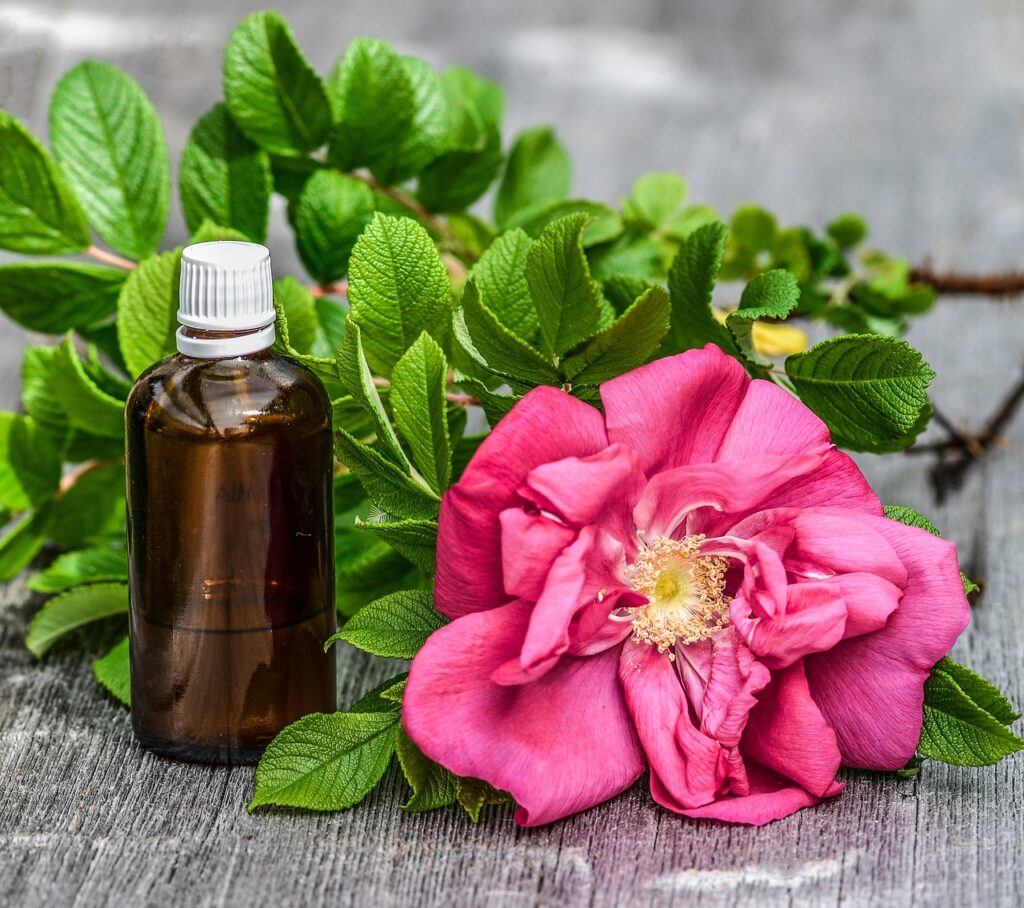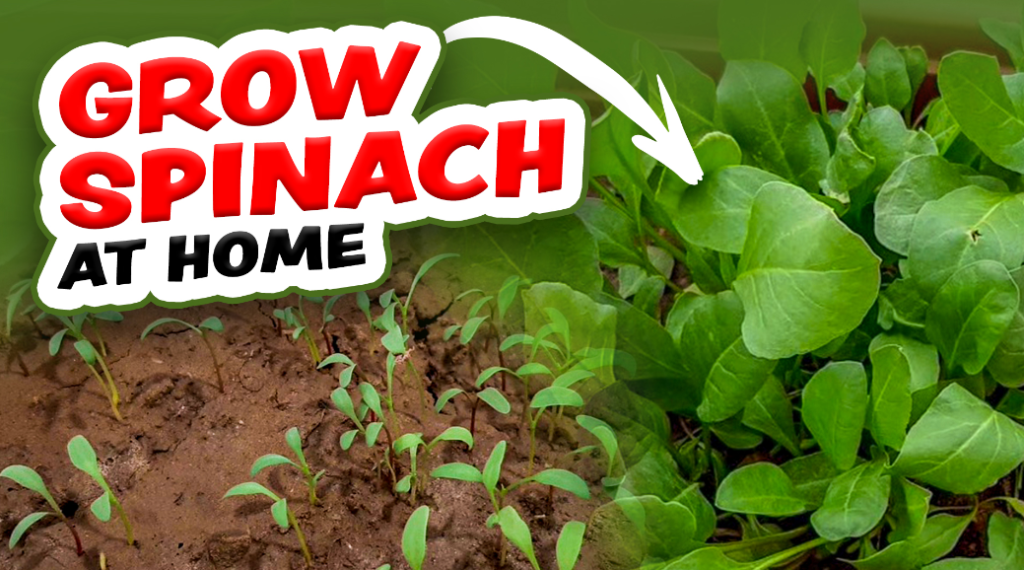How to grow Coriander from Seeds
Coriander is always in demand to garnish food or to satisfy the taste buds with its aromatic healthy taste. Consuming coriander is also beneficial for health.
It can be effective in increasing digestive power, maintaining cholesterol levels, diabetes, kidney, and many other diseases. It contains proteins, fats, fibers, carbohydrates, and minerals which make it a powerful food.
Apart from this, calcium, phosphorus, iron, carotene, thiamin, potassium, and vitamin C are also found in green coriander.

The method of growing coriander in the ground or pot is quite easy. With a little care, you can consistently have fresh coriander to eat. It is easily available in the market or can be grown at home also by following some simple but proper techniques. All the easy-to-do modes are explained here which are followed by experts to grow healthy coriander. So, let’s start.
Coriander
Coriander is a small plant of 6-10 inches, it is very easy to grow and take care of. It takes a total of 25-30 days from sowing the seeds to making the coriander plant ready for consumption.
Tips to grow Coriander from seeds
1. Soil for Coriander
-
-
Soil should be soft and porous to grow coriander. In compacted soil, coriander seeds may sprout initially, but they will eventually become buried within the soil.
- It’s crucial for the soil to have effective drainage.
- Coriander plants don’t like waterlogged soil, so a mix that allows excess water to drain away is crucial.
- Coriander does not grow well in hard soil.
-
Tips to prepare soil mixture for coriander:

1. Take garden area soil
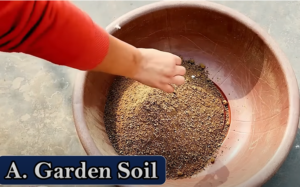
- You can take soil from your garden or any other nearby location and ensure it is free from debris such as plastic, glass, or any other unwanted material by cleaning and sieving it.
- However, it’s essential to note that the quality of your garden soil matters.
- If it’s too heavy or clayey, it might be better to use a mix of potting soil or garden soil with added compost to improve drainage.
2. Take compost
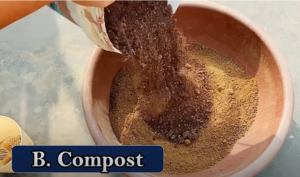
- Using compost is excellent for adding nutrients to the soil.
- The quantity of compost should be half the amount of soil taken.
- You can take any compost like – vermicompost, cow compost, kitchen compost, leaf compost, or any other.
3. River sand

- River sand is an excellent choice for improving drainage in soil.
- If the soil is not sandy, you should take comparatively in little less quantity of compost.
- However, if the soil is already sandy, then there is no need to add sand.
4. Coco peat

- Cocopeat helps retain moisture in the soil and is a good addition.
- To prepare the soil, you should add coco peat in an amount equivalent to half of the quantity of sand you have taken.
5. Neem cake powder

- Adding neem cake powder in soil is beneficial for pest control.
- Additionally, you can add a small amount of neem cake powder to the mixture, if available with you.
Mix all the ingredients properly and this is the perfect soil mixture for “coriander”.
Pot shape & size for coriander
-
- For growing coriander, it is recommended to use rectangular pots with a depth of 6 inches and holes at the bottom for drainage.

-
- You can cover the holes with either clay pieces or newspaper.

-
- Fill the pot with the prepared soil mixture and water it sufficiently to make it moist.

Note:
-
- You have to give water to the soil before adding the seeds into the soil, otherwise, the seeds might get displaced from their place.
Make lines on the surface
-
- You can use a trowel or any other tool to create lines on the surface of the soil mixture.

-
- Then, fill these lines with coco peat, as this material can help seeds germinate more quickly.

Use high-quality coriander seeds

-
- To grow coriander, it is recommended to purchase fresh Coriander (Dhani) seeds from near seed store or nursery or a reputable online seller.
- Avoid using seeds from your kitchen, as they may be old and less likely to germinate successfully.
- “Dhani” seeds are inexpensive and easily available.
Temperature required for growing coriander seeds
-
- The ideal temperature for growing coriander is during the period from October to March, which corresponds to the mild and cool seasons.
- While coriander can be cultivated year-round by experts, it may suffer from scorching during extreme summer heat.
- The growth rate of coriander is low in extreme winter conditions.
How to sow coriander seeds in pot
- After creating the coco peat lines, place the coriander seeds on the surface and cover them again with the cocopeat.

-
- To maintain the moisture level in the soil, spray some water from the top.
- Avoid using a mug, glass, or pipe to water the seeds, as this may displace them.

Note:
Always maintain moisture otherwise seeds will not germinate.
Always use a spray bottle to moisten the top layer.
Sunlight requirement for coriander seeds
-
- Seeds can germinate in the absence of direct sunlight, but for optimal growth, especially after germination, it is essential to place coriander pot (in which we have sow the seeds) in an area where they can receive 3-4 hours of sunlight.
- Sunlight is crucial for the overall growth of the plant.
Coriander seeds germination till harvesting
-
- On the 6th day after planting the seeds, small leaves will begin to emerge as the seeds germinate.

-
- By the 10th or 11th day, there is a possibility that all the seeds will have germinated.

-
- To maintain the moisture level of the coco peat, spray some water on it whenever it seems dry.
- By the 16th or 17th day, the coriander plant should be bushy but not too dense.

-
- Approximately on the 25th to 28th day, the coriander plant should be fully grown and dense enough for harvesting.

-
- When you need to use coriander, simply cut the plant from the top.
Watering tips for coriander
-
- It is important to avoid pouring water from the top, as it may cause the coriander leaves to become enfolded.

-
- Instead, water the plant from one corner of the pot, which will help to spread the water evenly throughout the soil.
Fertilizer for coriander
-
- First harvesting: To start, the first harvesting, cut only the top half of the coriander plant.
- Next, provide essential nutrients by using Mustard cake liquid fertilizer.
- Second harvesting: After giving the fertilizer, the coriander will start growing again in about a week, and it will be time for the second harvesting.

-
- During the third harvesting, you can harvest the entire coriander plant.

-
- After harvesting, add some compost to the same soil and sow new seeds to grow coriander again.

It is a very easy process to grow organic and aromatic coriander at home.
If you also want to taste the real taste of coriander, then definitely try planting coriander in your home. If you like this article on how to grow coriander and the benefits of coriander, then do share and forward it to your friends.
Follow our Social media channel:
1. Voice of Plant – YouTube Channel
2. Voice of Plant Facebook Page
3. Instagram Voice of Plant Channel
Enjoy healthy and Organic Coriander!
